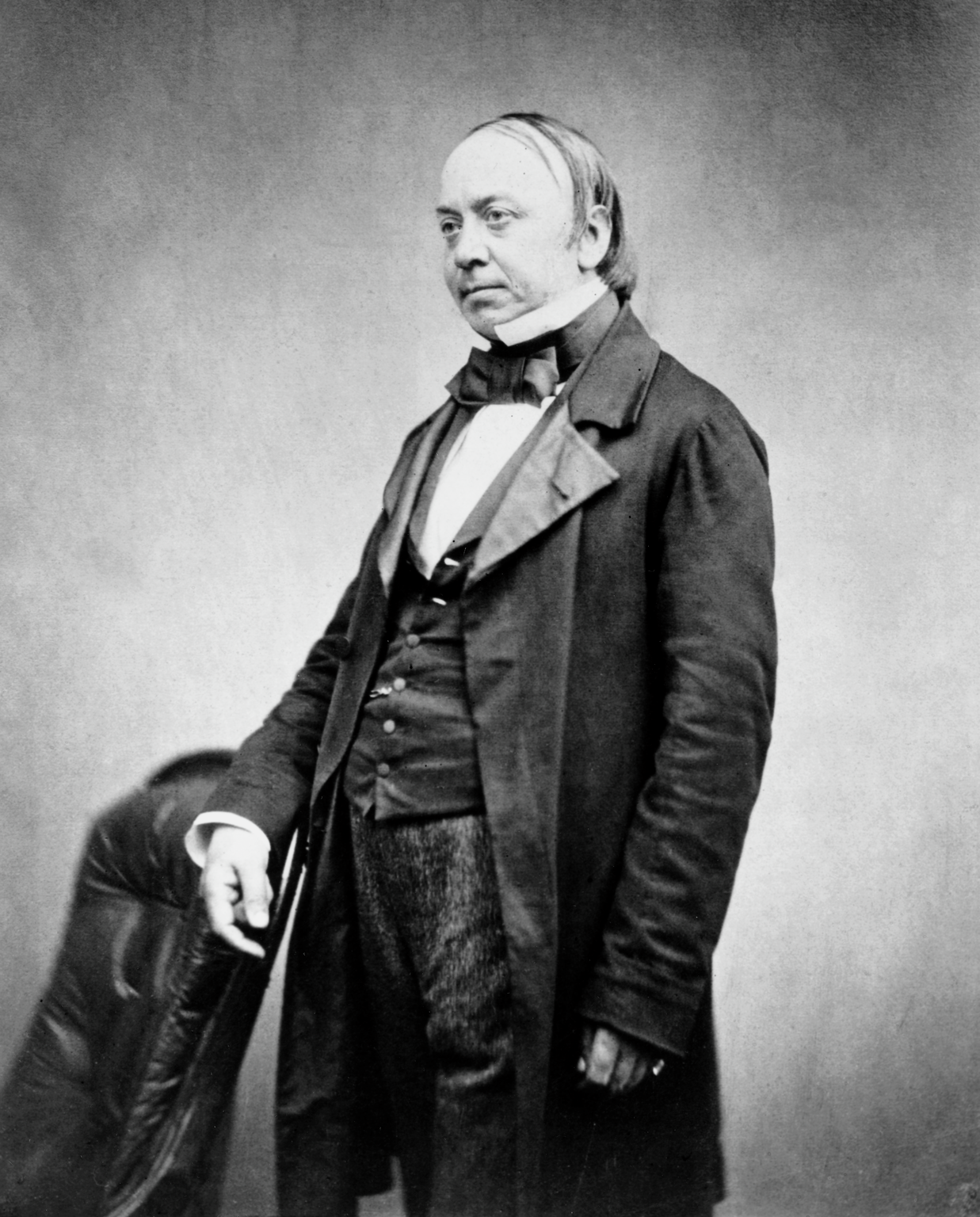Something a bit different from Stories from the Stores today – we’re hosting the History Carnival, and bringing you a roundup of last month’s blogs on history (and a few other links we just found interesting). Don’t worry – in true STFS style, we’re still illustrating it with objects and images from the Science Museum’s collections!
Slaughter, Shakespeare and squibs
November’s remembered for gunpowder treason and plot, for which Guy Fawkes suffered a traitor’s execution: hung, drawn and quartered. As Kathleen McIlvenna points out at the Royal Armouries blog, the more merciful swift beheading was reserved for the rich. Fawkes remains an iconic figure: Sheila O’Connell at the British Museum explores allusions from Macbeth to Occupy. The BM’s Shakespeare: Staging the World Exhibition, which has just closed, featured the lantern Fawkes was carrying on that fateful night (well, maybe) – you can see it on permanent display at the Ashmolean Museum in Oxford. And of course, the fifth of November is commemorated with fireworks. OxfordWords explores the origins of damp squibs, Catherine wheels and Roman candles, while Rupert Baker showcases the Royal Society’s copy of John Babington’s Pyrotechnia and the Whipple Library Books blog explores John Bate’s The Mysteries of Nature and Art. Here’s another illustration from the Science Museum Library’s copy:

Furry faces and health reforms
In recent years, November’s also become associated with male facial hair, to raise awareness of men’s health. Curators, librarians and archivists worldwide haven’t been able to resist raiding their catalogues for moustachioed splendour: here are some bristles from Essex Record Office, Artinfo, Penn Museum and Europeana.
For some more impressive facial hair, here’s Edwin Chadwick. As Vanessa Heggie shows on the H-Word, his sanitary reforms addressed the spread of disease, but not the suffering of workhouse inmates. Meanwhile, at the Quack Doctor, Caroline Rance describes how William T Davison aimed to provide wider access to patented medicines.

American adventures
This November also saw the US Presidential Elections. While the Smithsonian’s curators have been busy collecting on the campaign trail, bloggers have been turning to past elections and presidents: JD Thomas at Accessible Archives compares voting rights across states in 1838, while at Victorian Commons James Owen charts how 19th century British MPs viewed proceedings across the Pond. We’ve seen two sides to Abraham Lincoln: the wartime President exerting his authority over General McClellan at the History Tavern and the grieving father sitting by his son’s body at Chirurgeon’s Apprentice. Meanwhile, Michael Kramer notes that though it’s tempting to try and use timelines to understand the narrative arc of folk music in the US, in reality history is much more messy.

And finally…
It seems appropriate for a History Carnival blog to close with two posts exploring how the web is changing the practice of historians. At the H-Word, Becky Higgitt celebrates 50 years of the British Journal for the History of Science (you can read past editors’ picks here) at a time when many are questioning how academic publications will adapt to an increasingly digital, open-access world. Meanwhile, Mia Ridge is looking for participants into her study of how online resources have (or haven’t) affected how scholars work.
Next month’s History Carnival is at The Recipes Project – see you there!